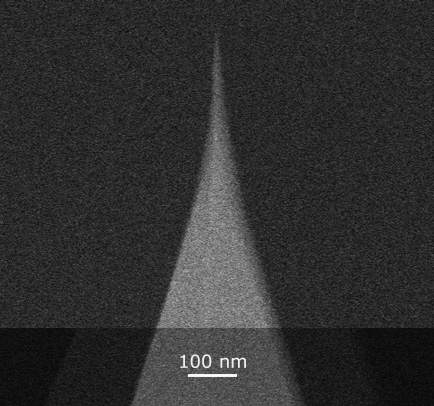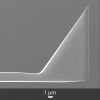
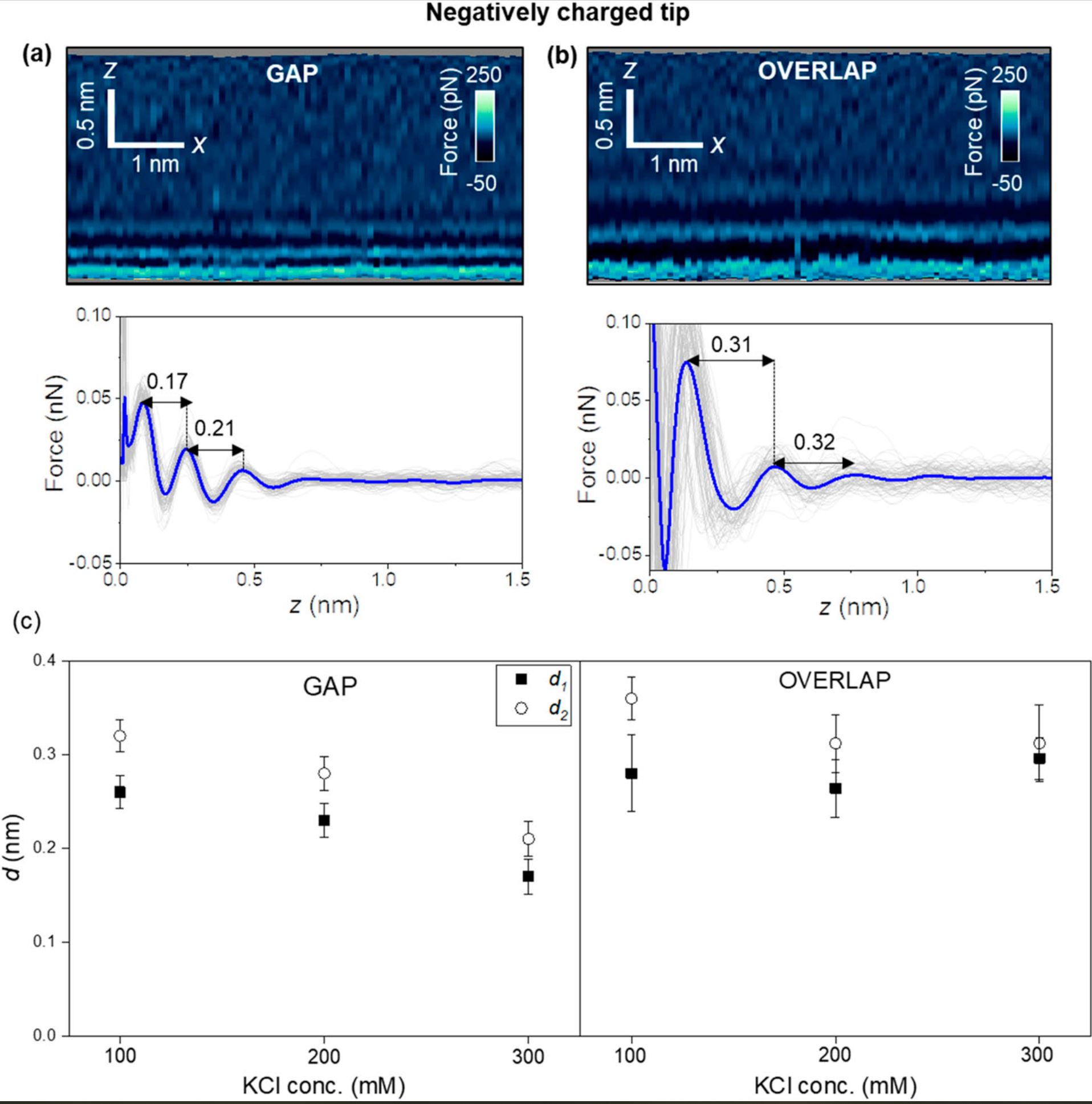
Interfacial water on collagen nanoribbons by 3D AFMMon Jul 22 2024

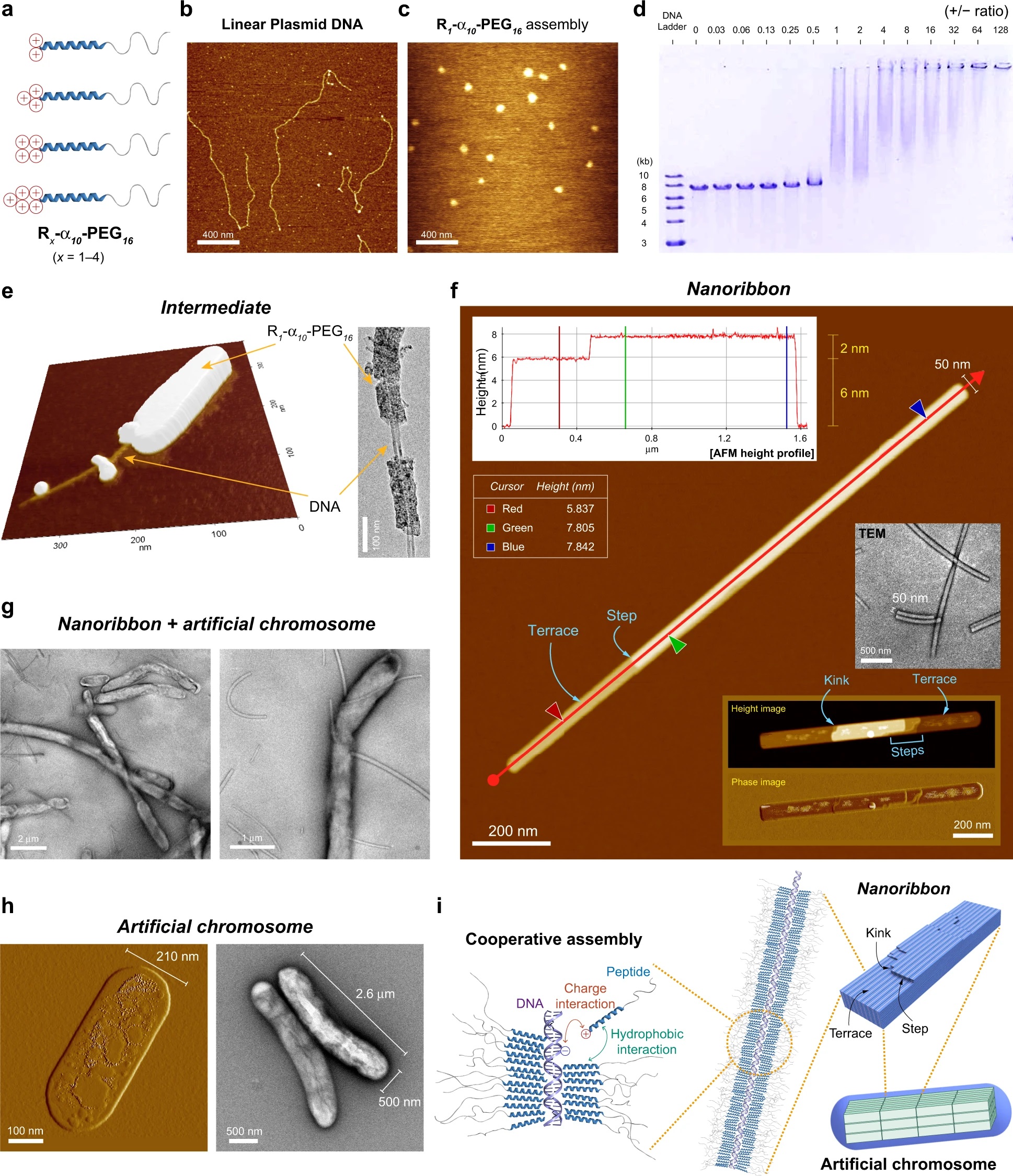
Magnetic control of self-assembly and disassembly in organic materialsWed Jul 10 2024

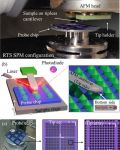
MikroMasch® HQ:NSC35/tipless/No Al AFM cantileversFri Jul 05 2024

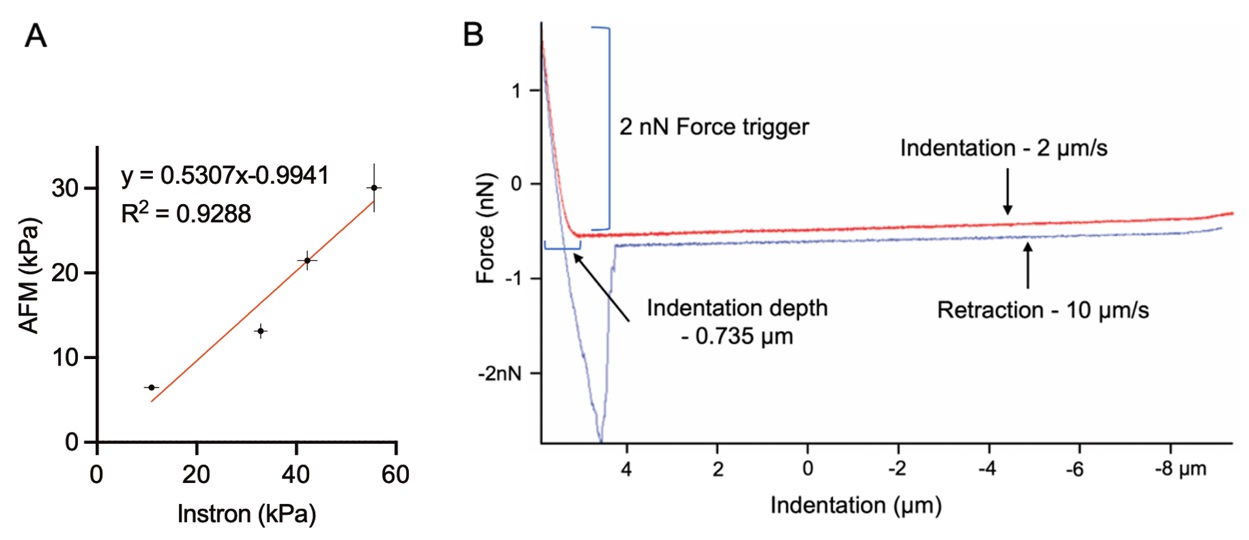
Stiffness Mediated-Mechanosensations of Airway Smooth Muscle Cells on Linear Stiffness Gradient HydrogelsThu Jul 04 2024

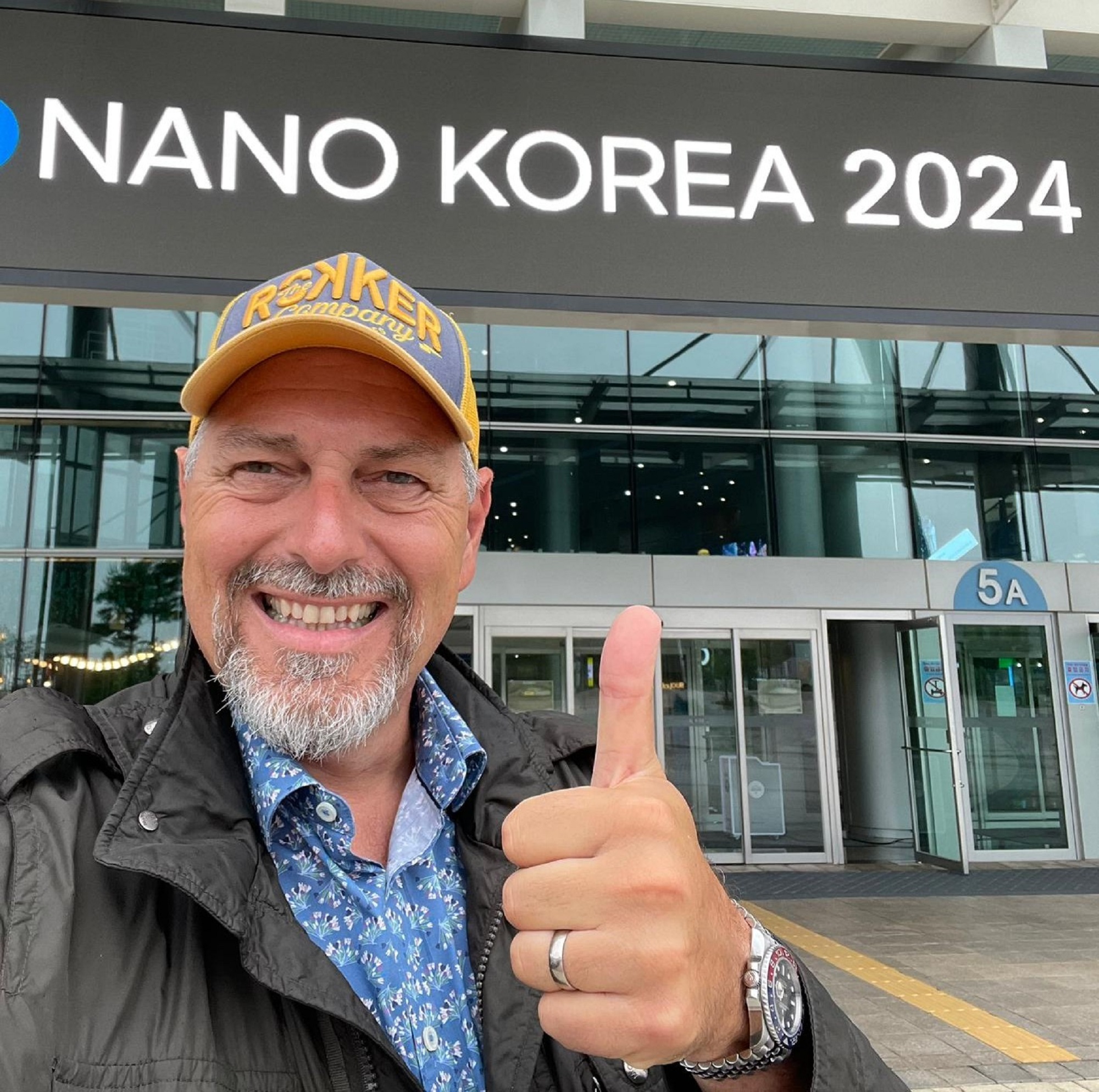
Meet NanoWorld® at NanoKorea 2024Wed Jul 03 2024
NanoWorld AG CEO Manfred Detterbeck is attending NANOKOREA 2024, the 22nd International #Nanotech Symposium & Exhibition on nanoscale science and technology , which will be held from July 3-5, 2024 at KINTEX (Korea International Exhibition Center), Goyang-si, Gyeonggi-do, South Korea. http://www.nanokorea-sympo.or.kr/welcome.php
This year’s main theme is: Invisible Nano Realizes the Future
Will we meet you there too?

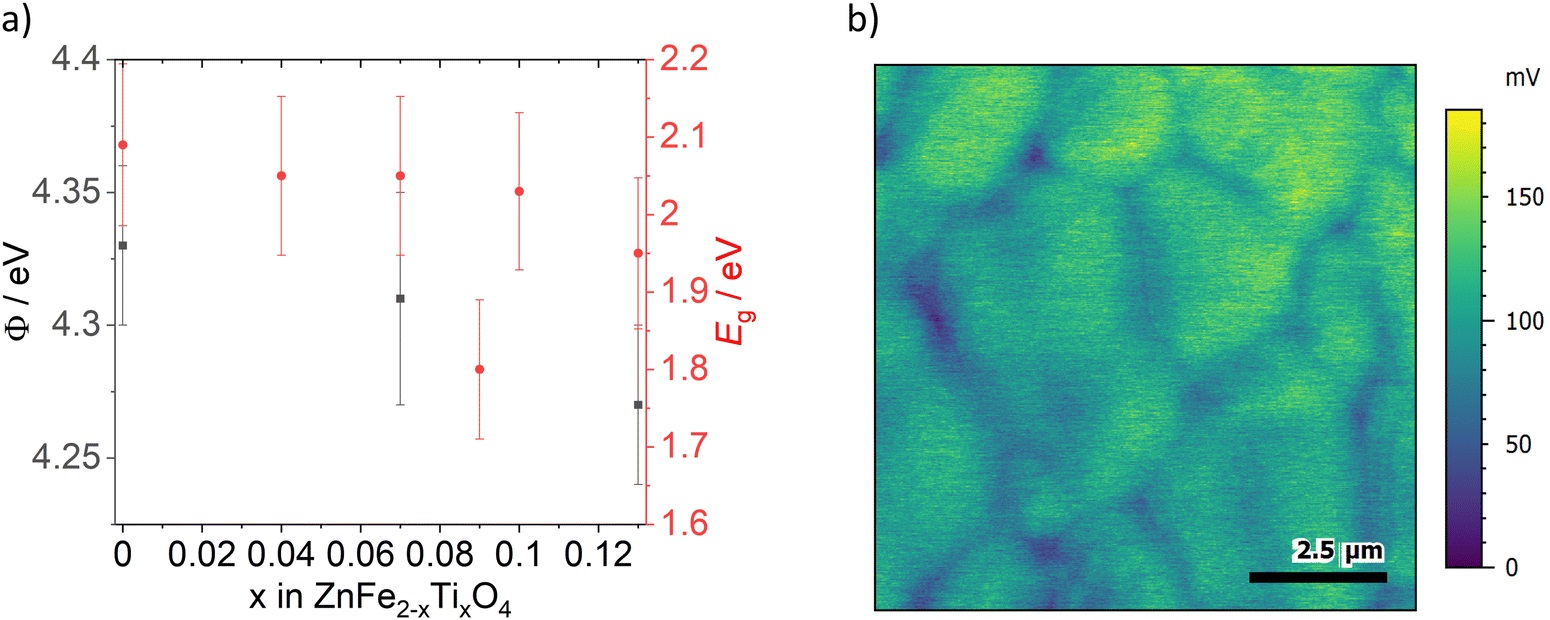
Teaching an old dog new tricks: Ti-doped ZnFe2O4 as active material in zinc ion batteries – a proof of conceptMon Jul 01 2024

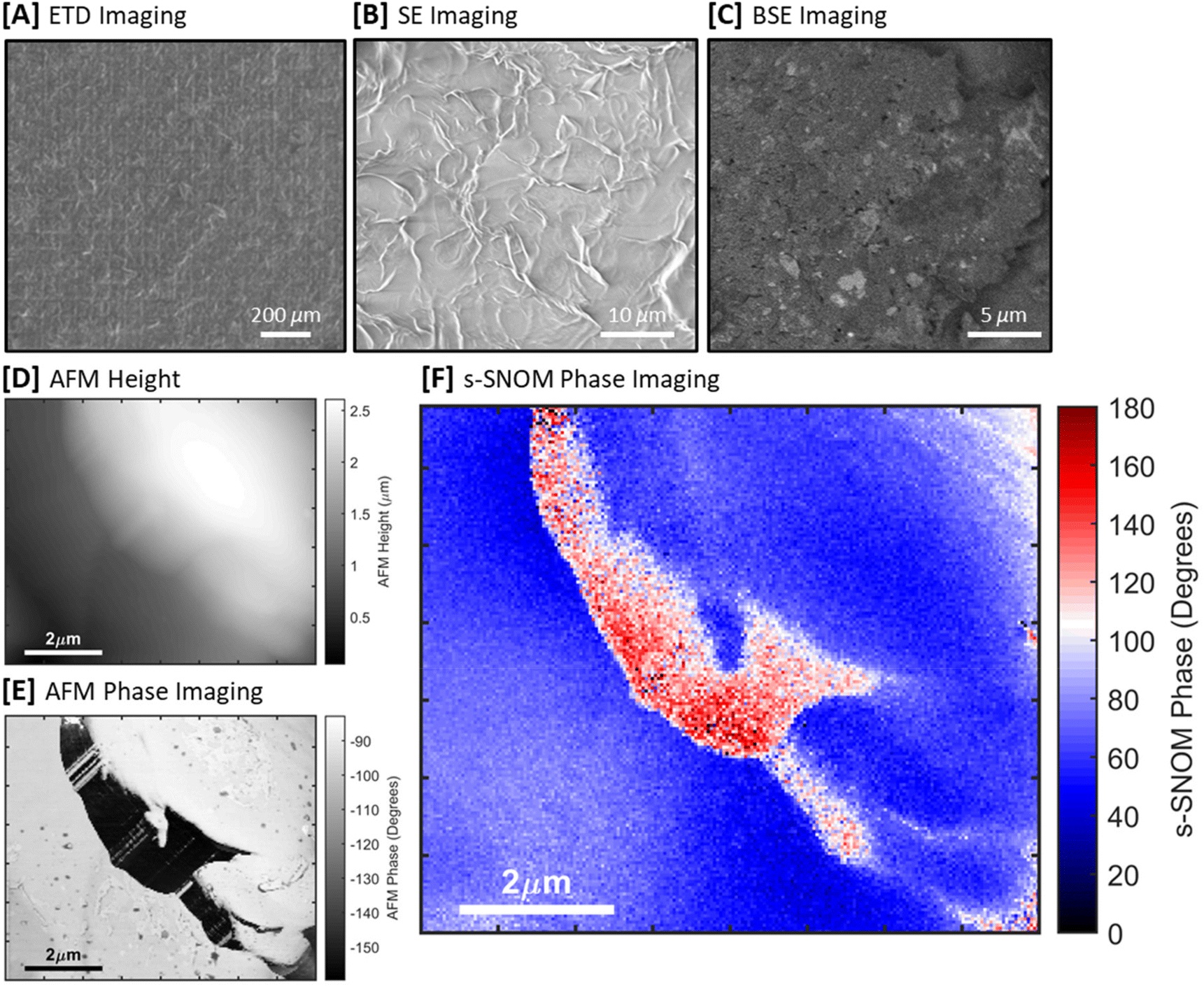
Highly efficient carbon-dot-based photoinitiating systems for 3D-VAT printingThu Jun 27 2024


Studying the Interaction of Engineered Liposomes with Living CellsTue Jun 25 2024
- Title: On the uptake of cationic liposomes by cells: From changes in elasticity to internalization
- DOI: 10.1016/j.colsurfb.2022.112968
- Authors: Adrià Botet-Carreras, Manel Bosch Marimon, Ruben Millan-Solsona, Eva Aubets, Carlos J. Ciudad, Véronique Noé, M. Teresa Montero, Òscar Domènech, Jordi H. Borrell
- Publication: Colloids and Surfaces B: Biointerfaces
- Publisher: Elsevier
- Date: January 2023

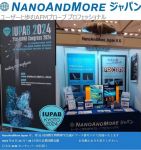
NanoAndMore Japanは、第21回国際生物物理学会議にブース番号7にて出展いたしますMon Jun 24 2024

NanoAndMore Japan will be exhibiting at the 21st International Congress of BiophysicsMon Jun 24 2024

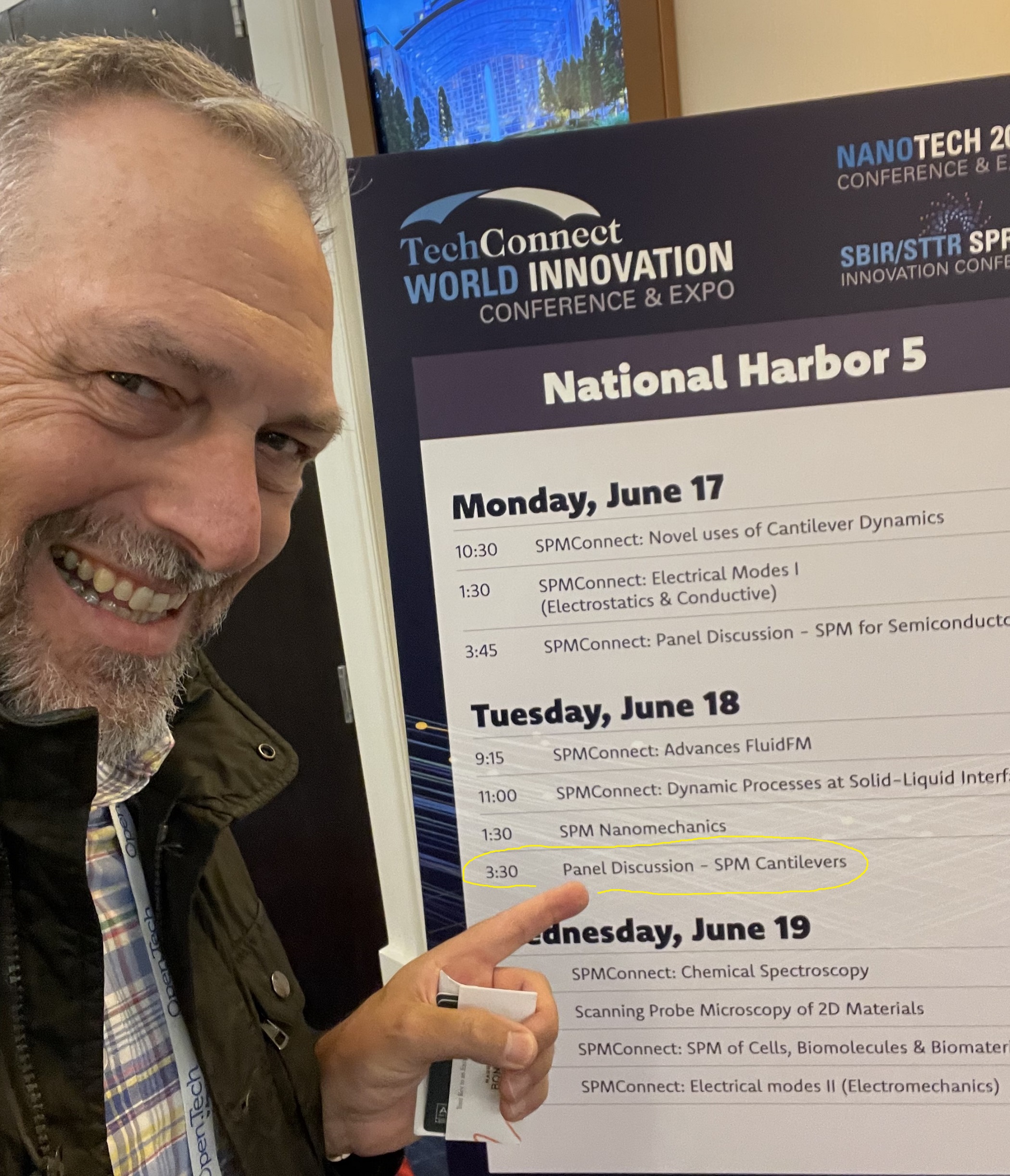
Join us at the Panel Discussion on SPM Cantilevers at SPM Connect todayTue Jun 18 2024

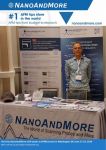
NanoAndMore USA booth at this week's SPMConnect in Washington DC from June 17-19, 2024Mon Jun 17 2024

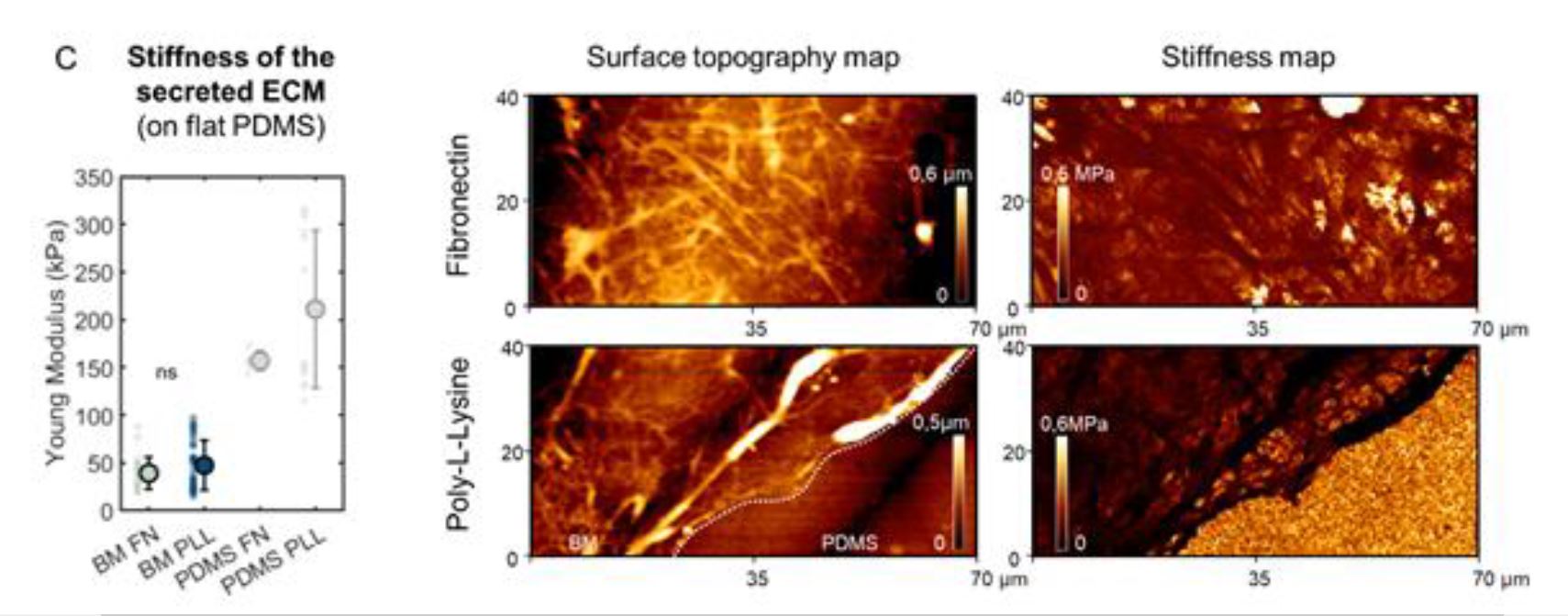
Distinct Contact Guidance Mechanisms in Single Endothelial Cells and in MonolayersThu Jun 13 2024

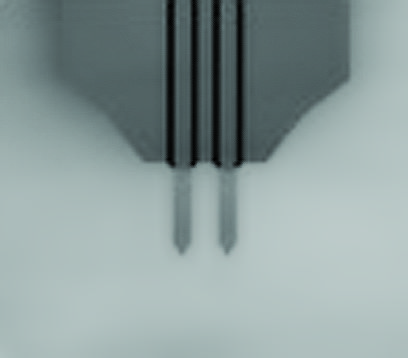
A beginner’s guide to the Characterization of Hydrogel Microarchitecture for Cellular ApplicationsThu Jun 06 2024

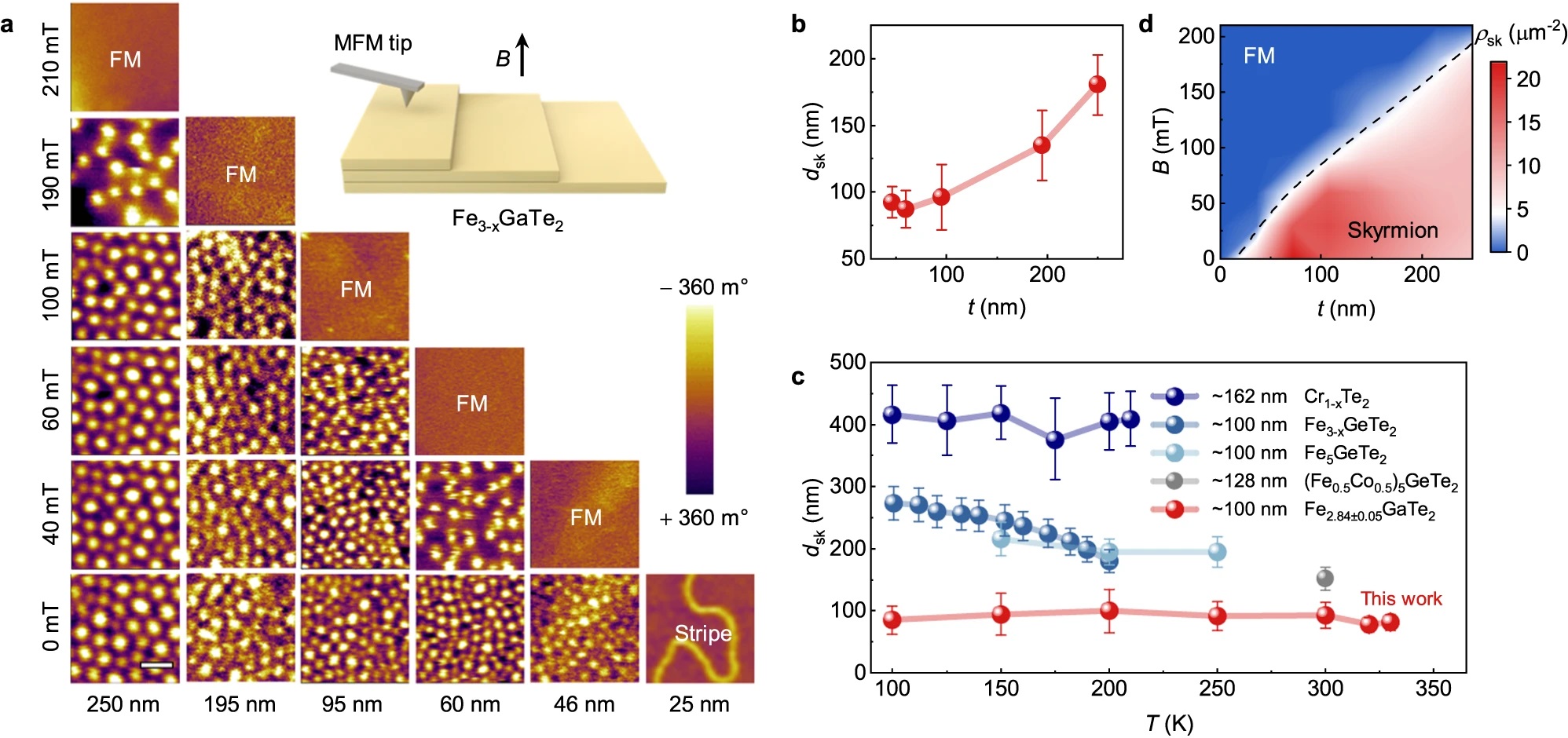
Room-temperature sub-100 nm Néel-type skyrmions in non-stoichiometric van der Waals ferromagnet Fe3-xGaTe2 with ultrafast laser writabilityWed May 29 2024

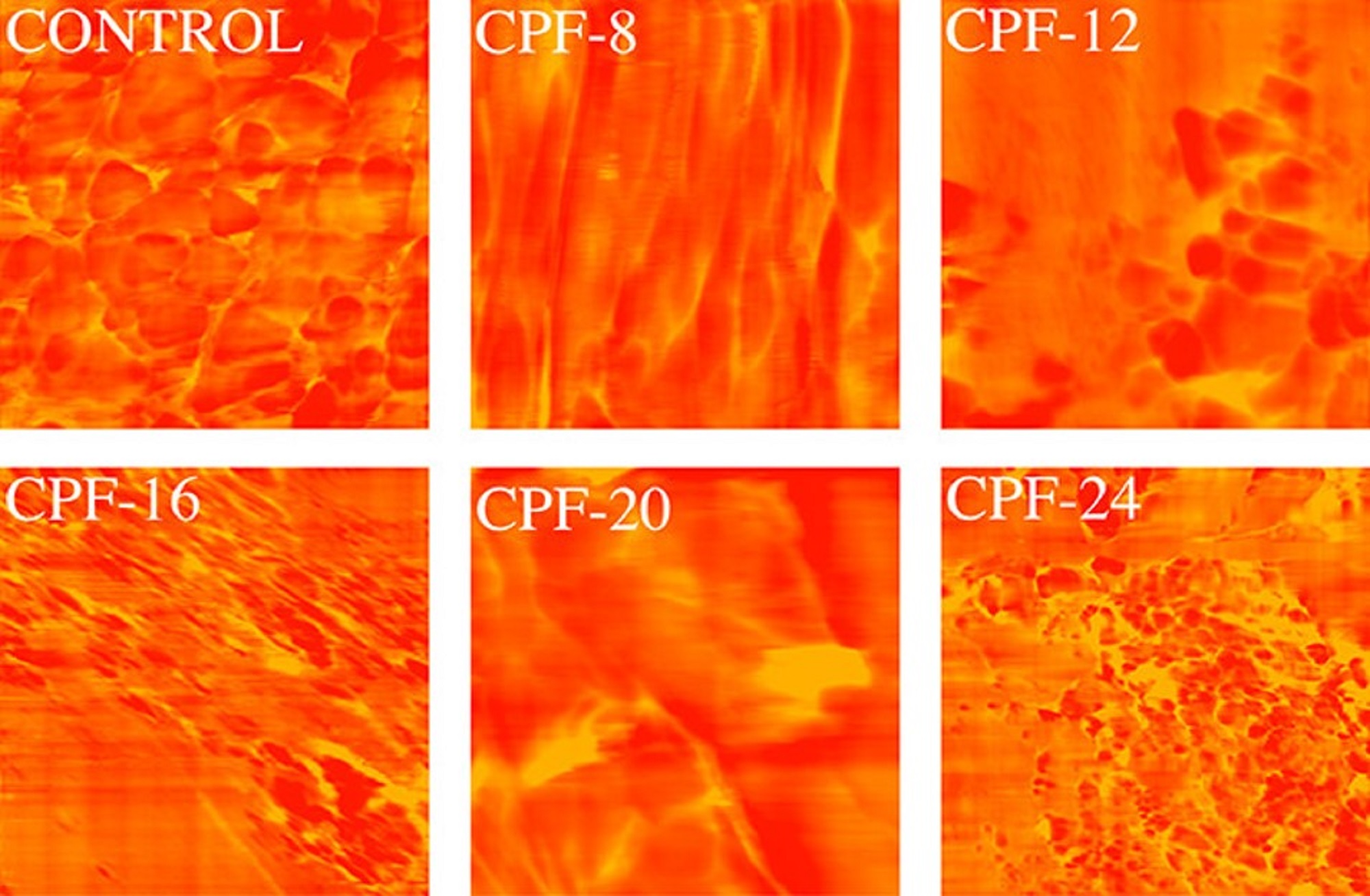
Flexible Polyurethane Foams Modified with Novel Coconut Monoglycerides-Based Polyester PolyolsFri May 24 2024


Understanding Cardiac Dysfunction in Arrhythmogenic CardiomyopathyThu May 23 2024
- Title: SARS-CoV-2 protein Nsp1 alters actomyosin cytoskeleton and phenocopies arrhythmogenic cardiomyopathy-related PKP2 mutant
DOI: 10.1101/2020.09.14.296178 - Authors: Cristina Márquez-López, Marta Roche-Molina, Nieves García-Quintáns, Silvia Sacristán, David Siniscalco, Andrés González-Guerra, Emilio Camafeita, Mariya Lytvyn, María I. Guillen, David Sanz-Rosa, Daniel Martín-Pérez, Cristina Sánchez-Ramos, Ricardo García, Juan A. Bernal
- Publication: bioRxiv
- Publisher: Cold Spring Harbor Laboratory
- Date: September 16, 2020


An AFM-based approach for quantification of guest particle deformation during mechano-fusionTue May 21 2024


Lipoplex-Functionalized Thin-Film Surface Coating Based on Extracellular Matrix Components as Local Gene Delivery System to Control Osteogenic Stem Cell DifferentiationThu May 16 2024


Happy birthday, Prof. Gerber!Wed May 15 2024
Happy birthday, professor Christoph Gerber! Thank you for your contributions to the invention of the Scanning Tunnelling Microscope, the Atomic Force Microscope and Nanoscale Science as a whole!
Prof. Gerber is the co-recipient of the 2016 Kavli Prize in Nanoscience and the recipient of the 2023 World Cultural Council Albert Einstein Award for Science.
https://cantileversensors.unibas.ch/ChGerber/Welcome.html


